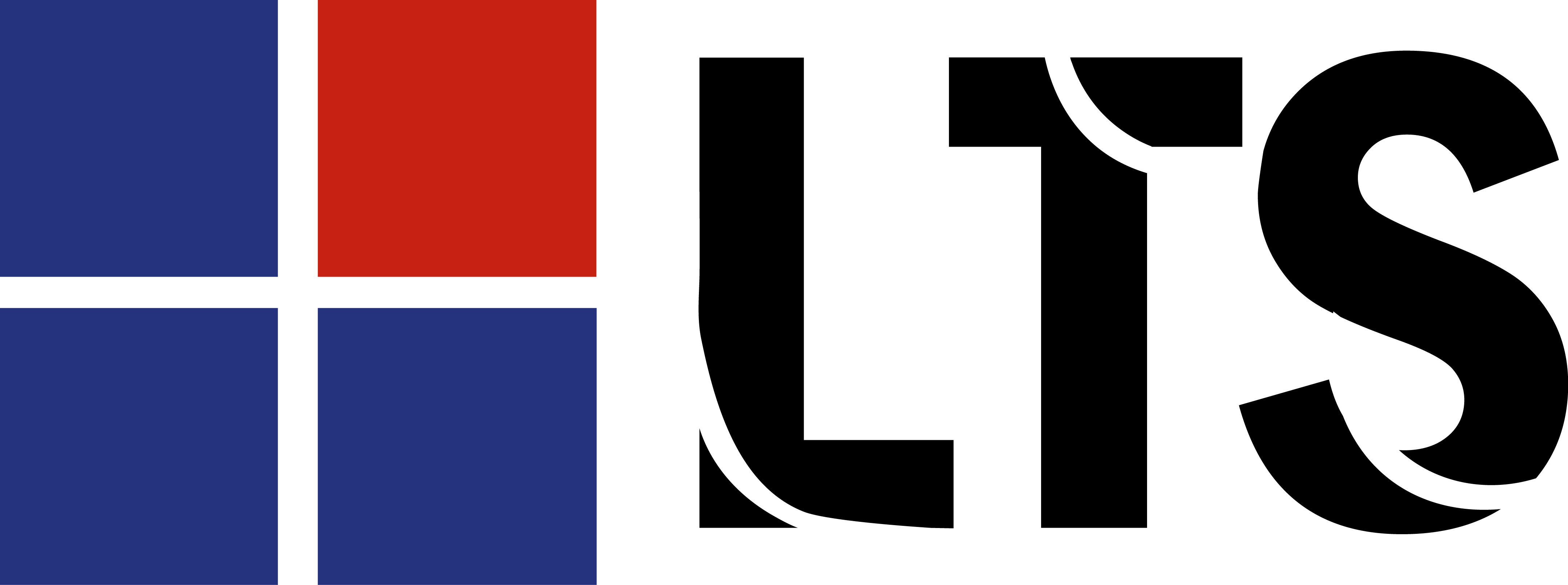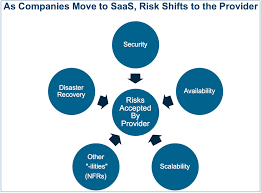With the advent of novel technologies every passing day, it is more than necessary to migrate from Legacy System to SaaS. However, this transition isn’t as easy as it sounds. It is indeed a humongous job that demands overhauling of IT structure on a large scale. In fact, the shift from Legacy to SaaS requires a methodical understanding of both the terms and the key reasons for doing the same.
What is Legacy System?
The legacy system is a collective term used to describe outdated application programs, software, technology or a computer system. It includes every erstwhile technology or process that presents a great deal of concerns for its users as it becomes incapable of coming at par with the up-to-date technologies.
Problems faced by the Legacy System users
Software engineers often underscore the problems they face while using Legacy Systems. Following are the key problems:-
- Maintenance Issues
The Legacy System usually runs on obsolete hardware that is slow and it becomes quite hard to find its spare parts. In fact, more often than not the maintenance cost of obsolete hardware outstrips the cost of substituting both the hardware and software, except when the legacy software runs on the new hardware due to some sort of backward compatibility or emulation.
- Lack of Reliable Trained Personnel
Organizations with Legacy System often find it difficult to improve or expand it, because most of their personnel with expertise in the field are retired and the new personnel don’t have the desired knowledge, being more acquainted with the latest technology. Lack of documentation worsens the situation.
- Support Issues
It becomes difficult for organizations to find support from outsources as well, as many vendors have stopped manufacturing the old software and systems, and are thus often least interested in providing support for the same.
- Security Issues
Legacy System are quite susceptible to viruses, attacks, hacking and various other security threats as the operating systems and applications used in these are obsolete and there is often a lack of security patches applied or available for them.
- Compatibility Issues
Integrating the Legacy System with newly developed technologies is also troublesome as the new software is more often not compatible with the older systems. What’s more, the bridge software and hardware available in the market are developed for the new technologies and are not accessible by the legacy systems.
What is SaaS?
SaaS stands for Software as a Service and is also renowned as “on-demand software”. It is provided by Application Service Providers (ASPs) or Independent Software Vendors (ISVs). SaaS is basically a software delivery model through which software and all the related data are centrally hosted on the cloud. SaaS development companies are providing the SaaS application in which all users can access it through a thin client via any web browser. All SaaS users can access it through a thin client via any web browser.
Advantages of Migrating to SaaS
SaaS is apt for all sorts of business models, be it small one or significantly large one. Business firms worldwide widely accept SaaS because it exponentially reduces IT support costs as the software and hardware support and maintenance are outsourced to the ASPs.
Some of the key advantages of SaaS are:-
- It’s Affordable
Organizations can easily subscribe to monthly subscription package, which includes an array of services like customer support, maintenance, upgrades, etc. at affordable prices.
- Fast Deployment
One can easily get access to the SaaS solutions over the internet by simply installing the new software and using it, without the hassle of installing any supporting software.
- Effortless Updating
SaaS consumers don’t have to worry about updating the software, about downloading and installing any security patches or issues related to compatibility, as all this is taken care of by the SaaS provider itself.
- Work Portability
SaaS provides work portability to its consumers. With SaaS, anyone can work from anywhere, across several sites at a time from any electronic device which has a reliable internet connection.
How to Migrate from Legacy System to SaaS?
Every business model has different requirements and in accordance to those, one can choose from the two possible methods of migrating from Legacy System to SaaS.
- Cloud Server Built from Scratch
With this approach organizations can completely overhaul their IT structure as their existing applications would be re-architected and customized and then migrated to a public cloud. However, this approach is very tedious as every customized application requires re-engineering. In fact, the cost benefits of migrating to the cloud could get offset because of extensive regression testing cycle and other impacts.
- Existing Application Migration ‘as is’ to the Cloud
It is the most cost effective and the fastest method to migrate Legacy System to SaaS as the complete stack that incorporates configuration, OS and application is migrated to a brand new cloud server instance. Moreover, there are only slight configuration changes required for the application to function, which consequently minimizes the regression testing and the down time.
Conclusion
These are the two approaches that the organizations can opt from, depending on their feasibility to migrate their Legacy System to SaaS. It is crucial to have discretion while finalising any approach as nothing can be done by simply following a text book manual. A few alterations and modifications are always required and to do the same, it is advised to go with the professionals of SaaS development company having expertise in this field.

